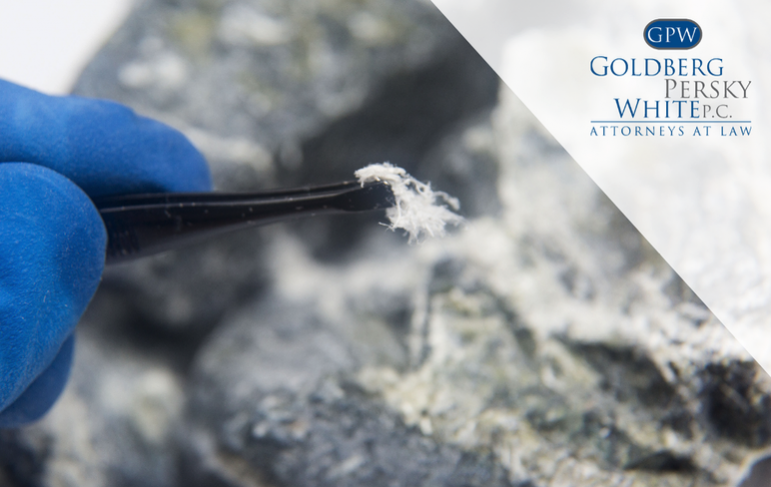Many Workers Exposed to Asbestos at Chlor-Alkali Plants
Many chlor-alkali factory workers claim they were exposed to asbestos on the job. In the Olin Corp. chemical plant, workers saw asbestos in certain areas of the plant daily. Some people who worked in the plant as recently as last year say they were exposed to asbestos without the proper protective equipment. Asbestos is a dangerous mineral that causes mesothelioma, lung cancer, and other cancers. Workers that directly used asbestos had the proper protective gear, but many people including electricians, millwrights, contract workers, and maintenance staff did not have the same protective gear. One contract janitor scraped dry asbestos off the floor and handled workers’ protective suits that were covered with asbestos dust, all while not protected herself. The company let her work with asbestos while pregnant, showing it had no regard for her safety.
Another worker, a contract pipe fitter, worked with asbestos from 1990 through 2019. He constantly saw asbestos dust fly through the air. He has not had problems but his sister who also worked at the plant died from lung cancer in 2017. She never smoked so her exposure was most likely the reason she developed and later died from lung cancer.
Many workers are now speaking up because of unsafe working conditions. Chlor-alkali plants have used asbestos to make chlorine products and have been fighting to keep using the carcinogen. The two largest chlorine producers OxyChem and Olin claim they handle asbestos safely, but worker accounts paint another picture. Many workers across the country say they were exposed to asbestos and that the substance was hard to control. There are safer alternatives to asbestos membranes in the chlorine making process, but companies are resistant because of the money and time it would take to change to alternatives.
Asbestos was once used in multiple industries and consumer products because of its heat and fire resistance. The United States still allows asbestos imports, which helps OxyChem and Olin use the carcinogen. The plants use asbestos as a protective material for large metal screens that sit in corrosive chemicals. The screens need to be re-coated periodically, so workers pressure wash the old asbestos off before the screens are dipped into an asbestos slurry and baked to set. Workers were told they could stay safe by keeping asbestos wet, which would prevent it from becoming airborne. The workers say it was impossible to do this though. Asbestos would easily dry out and would settle, becoming caked on machines and beams. When it became time for inspections, safety managers would scrub asbestos areas, but this does not help the people exposed to asbestos day in and day out.
At one of OxyChem’s chlorine plants in Corpus Christi, Texas, workers were afraid of being exposed to asbestos. Lab workers analyzed asbestos samples that were given to them by workers that handled it. During the workday, lab workers worried that the plant workers accidentally brought asbestos into the lab on boots and protective suits, which were not worn properly. Lab workers were not given the same protective equipment and were rightfully worried that they were inhaling dried asbestos fibers. When concerns were raised, safety managers sampled the air and decided it was safe. One of the asbestos training program and air quality employees stated that there were fans to help control asbestos, but it was not enough, and asbestos was everywhere. The plant offered top of the line respirators to workers, but a lot of the workers were not educated about the threats of asbestos and did not utilize the equipment given to them.
Worker accounts of asbestos exposure contradict what Olin and OxyChem claim. Their accounts of worker safety are that workers were hardly ever exposed to asbestos, but many workers are saying they were exposed to asbestos constantly. These companies have been able to stop legislation banning asbestos use, but while claiming this, they are exposing their workers to deadly asbestos fibers. The EPA even used the companies’ exposure monitoring data and concluded that workers, even those who don’t directly use asbestos, are at an unreasonable risk of being hurt by the substance through the chemical plants.
Were you exposed to asbestos or another harmful chemical? You could be entitled to compensation. Call us at 412-471-3980 or fill out our contact form and a member of our team will get back to you to review your case and discuss further steps.




